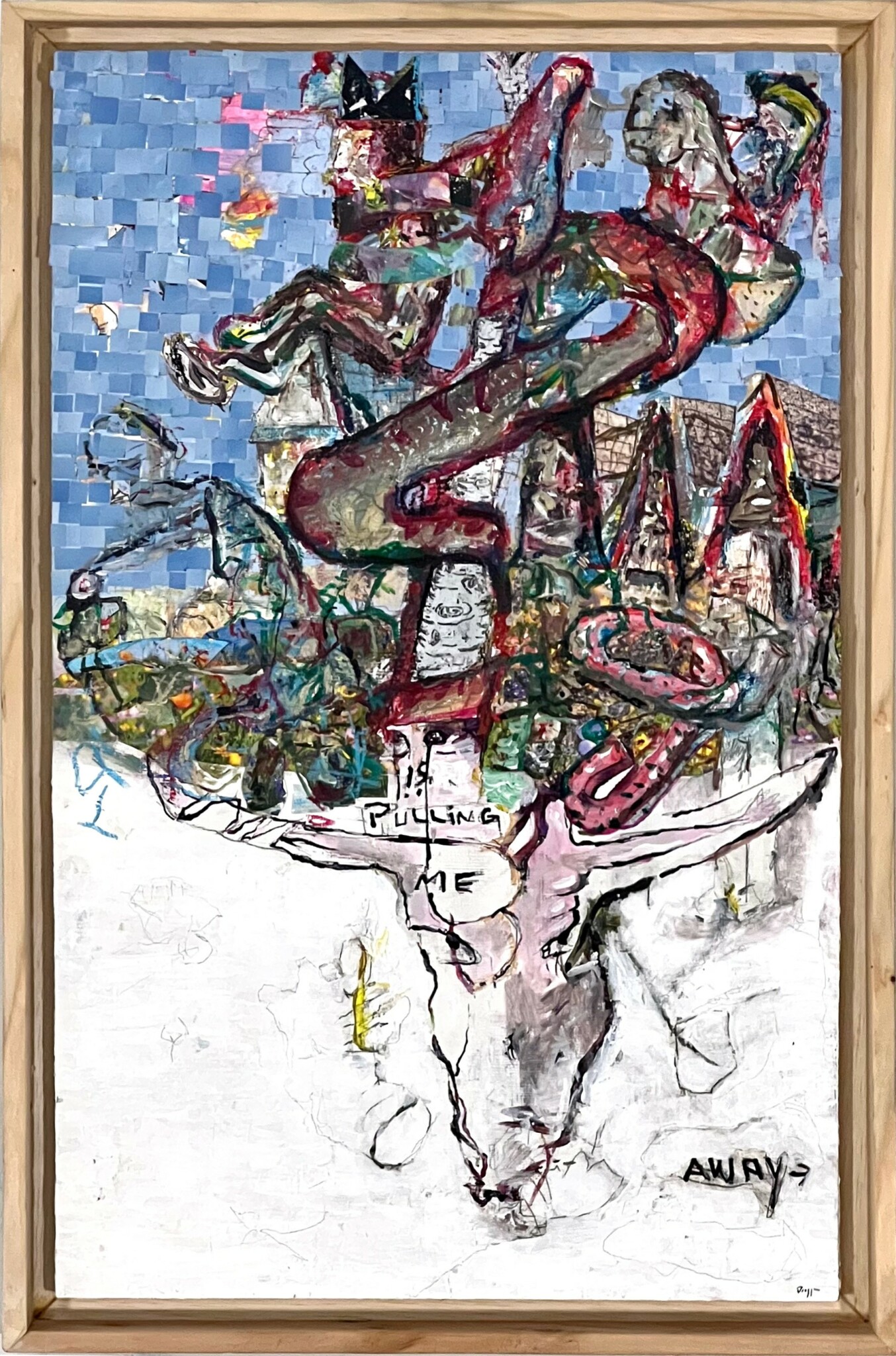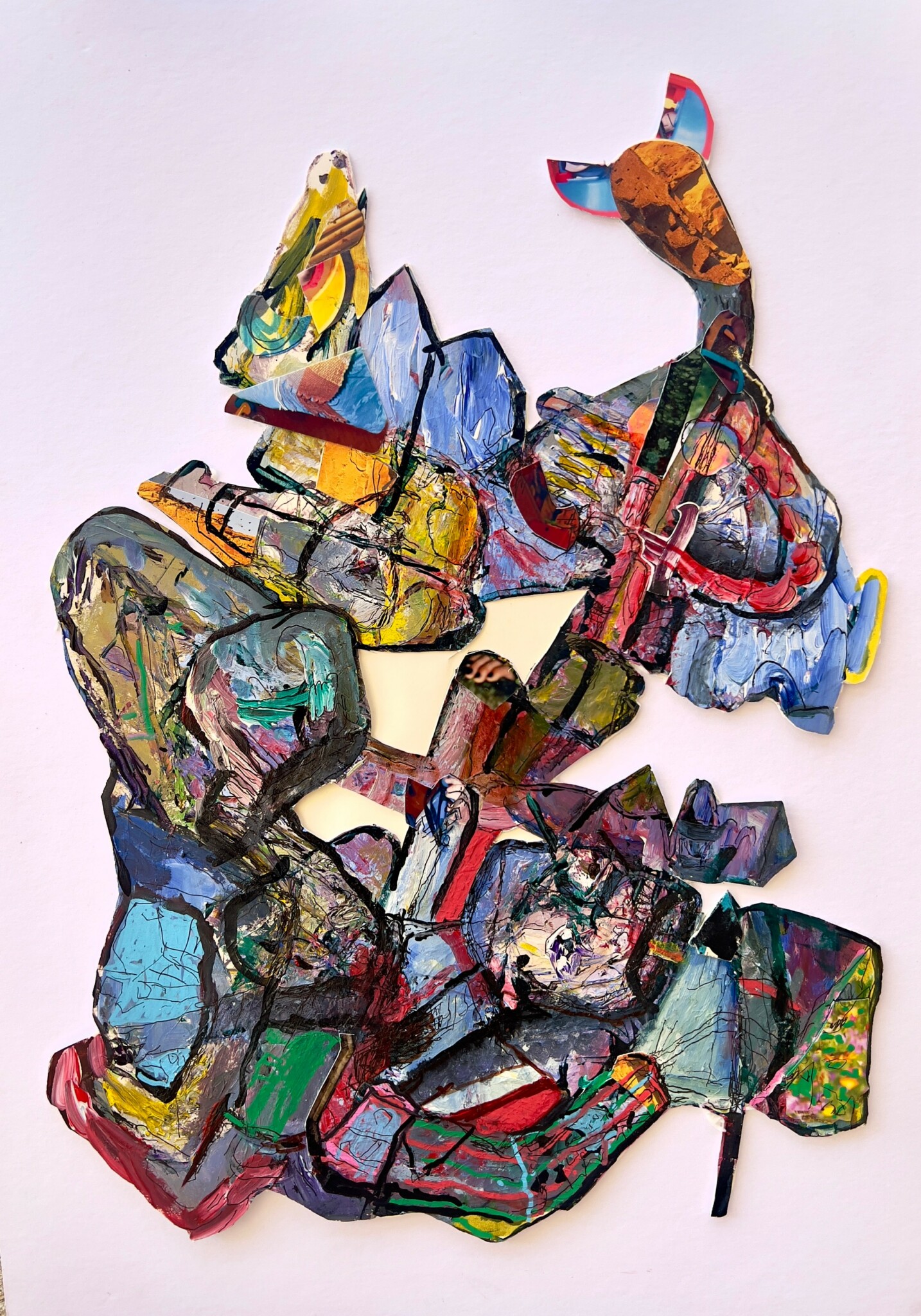We recently connected with Dan Drossman and have shared our conversation below.
Dan, appreciate you joining us today. We’d love to hear about a project that you’ve worked on that’s meant a lot to you.
The most meaningful project I’ve worked on began in 2013 and, in many ways, is still unfolding today. My journey with chronic pain started when I was 11 years old, a battle that spanned years and took a toll both physically and mentally. Despite multiple surgeries, the pain would always return—often in new areas—and no remedy seemed to bring lasting relief. Then, in 2013, I received a book called “The Divided Mind,” by Dr. John Sarno. Sarno had been helping patients with chronic pain for years, but his approach was unlike anything I had ever encountered. At first, it seemed almost unbelievable. He proposed (in VERY short) that many people suffering from chronic pain do so because of emotional repression, and that the key to healing lay in recognizing and accepting this. He suggested that writing could unlock these repressed emotions, and this was the first step—often the only step—toward healing.
I decided to give it a try. Within a year of daily writing, my pain had diminished by 75-80%. It was nothing short of miraculous. During this time, I was also deeply immersed in creating art, exploring how the process of making something tangible could take me to places of intuition and emotion that words could not. It was then that I had a revelation: what if I could use art, the same way I used writing, to heal my pain?
I wondered if the act of drawing could access the parts of my unconscious that words couldn’t reach. So, I decided to experiment—shutting my eyes and attempting to “track” my pain through my marks. This wasn’t something that could easily be explained; I was connecting the feeling of my pain to the kinesthetics of my mark-making. Over time, the two elements began to synchronize. My art started to visually reflect my pain—tension, heaviness, the force of m.y pen or pencil ripping through the paper at times.
As I continued this practice, something incredible happened. My pain started to fade more and more. I don’t remember exactly how long it took, but I eventually reached a point where I felt 90 to at times 100% healed. This process of intuitive, unconscious creation had played a central role in my healing.
Today, while the need to “track” my pain through my art has diminished, the importance of that intuitive connection remains essential to my creative process. The ability to tap into the unconscious mind through art has become the foundation of how I approach my work, and it continues to guide me in ways I never could have imagined when I first started this journey

Dan, before we move on to more of these sorts of questions, can you take some time to bring our readers up to speed on you and what you do?
I’ve been creating art my entire life. From a young age, I discovered a deep, intrinsic passion for the process of making—something that has fueled my creative journey and continues to shape my work today. My artistic practice is centered around the exploration of line and mark-making, though I always consider color, composition, and other elements as integral to the final piece. Over the past several years, I’ve been drawn to incorporating collage into my work, using fragments of my old drawings, paintings, and photographs.
At first, I didn’t fully understand why collage resonated with me, but recently I’ve come to realize that it’s a powerful way for me to connect my past with my present. On a deeper, metaphorical level, the act of incorporating elements from my history into my current artwork feels like a process of reclaiming lost or forgotten pieces of myself. Each collage represents an ongoing exploration of my life—one that helps me make sense of the world around me.
Lately, I’ve taken this idea even further, thinking of my collages as visual timelines. I now photograph each completed piece and incorporate portions of it into my next work, creating a literal, continuous thread between each piece. In a way, this approach mirrors how our memories, past experiences, and even unacknowledged traumas shape who we are today. Much of our history may seem invisible—forgotten or hidden beneath the surface—but it’s always with us. My work aims to make the invisible visible, bringing those unseen pieces of ourselves to light.
As I prepare for an upcoming solo exhibition this May, I’m excited to push these ideas even further and continue exploring the connections between past and present through collage. I believe my work offers a unique perspective on the human experience—one that invites others to reflect on their own personal timelines and the stories that have shaped them.
Ultimately, my goal is for my art to resonate with others on a deeply personal level, helping them see how the past informs our present and shapes our future. My process is about more than just creating something beautiful—it’s about exploring life, memory, and identity in a way that’s authentic, engaging, and thought-provoking.

What’s the most rewarding aspect of being a creative in your experience?
Being able to create something tangible from nothing has always been deeply rewarding to me. The process of doing so through exploration, curiosity, chance, and uncertainty feels incredibly powerful. I believe this creative process holds value far beyond the studio—it carries into my life outside of it.
Art has taught me to observe the world more deeply, rather than letting it pass me by. It keeps me constantly searching, aware of how aspects of the visual world that may have become mundane over time can be reclaimed and seen anew with raw excitement. The cracks in the sidewalk, the orange traffic cone set against the black pavement and blue sky… these seemingly small details are reminders that art keeps me from becoming numb or disconnected to the world around me.

In your view, what can society to do to best support artists, creatives and a thriving creative ecosystem?
Buy art. Hang it up in your home. I promise, it’s more engaging that what’s on that tv screen!
Contact Info:
- Website: https://www.dandrossmanart.com
- Instagram: @dandrossmanart






